What do you think of when you hear Shetland? It better be ponies!
Is anything more iconic than those fat little ponies with big round bellies, shaggy fringes, and tiny short legs? Nope. And you just know they have such a personality.
While exploring Scotland with Adventure Canada on their Scotland Slowly trip in June, visiting the Shetland Islands was one of the stops I was looking forward to the most. It’s been a long time since I was last in Scotland, and back then, my budget only extended to happy hour pub crawls and public buses – getting out to the remote Scottish Isles wasn’t even on my list.
To be able to return on an expedition ship, one of my favorite ways to travel, was the best way to experience these wild and faraway places. And if you want to get to some of the more remote corners of Shetland? A ship is almost your only way.
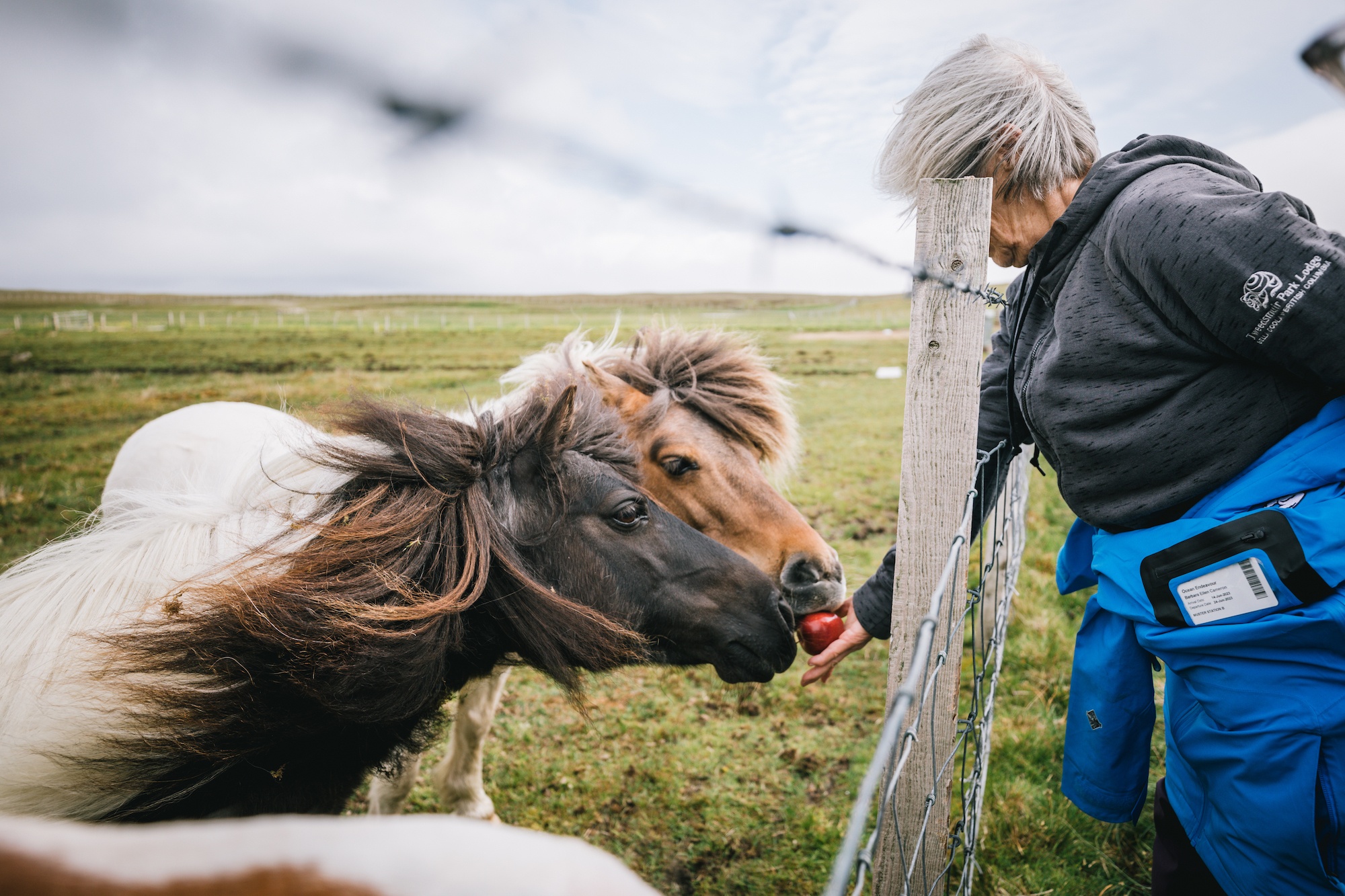
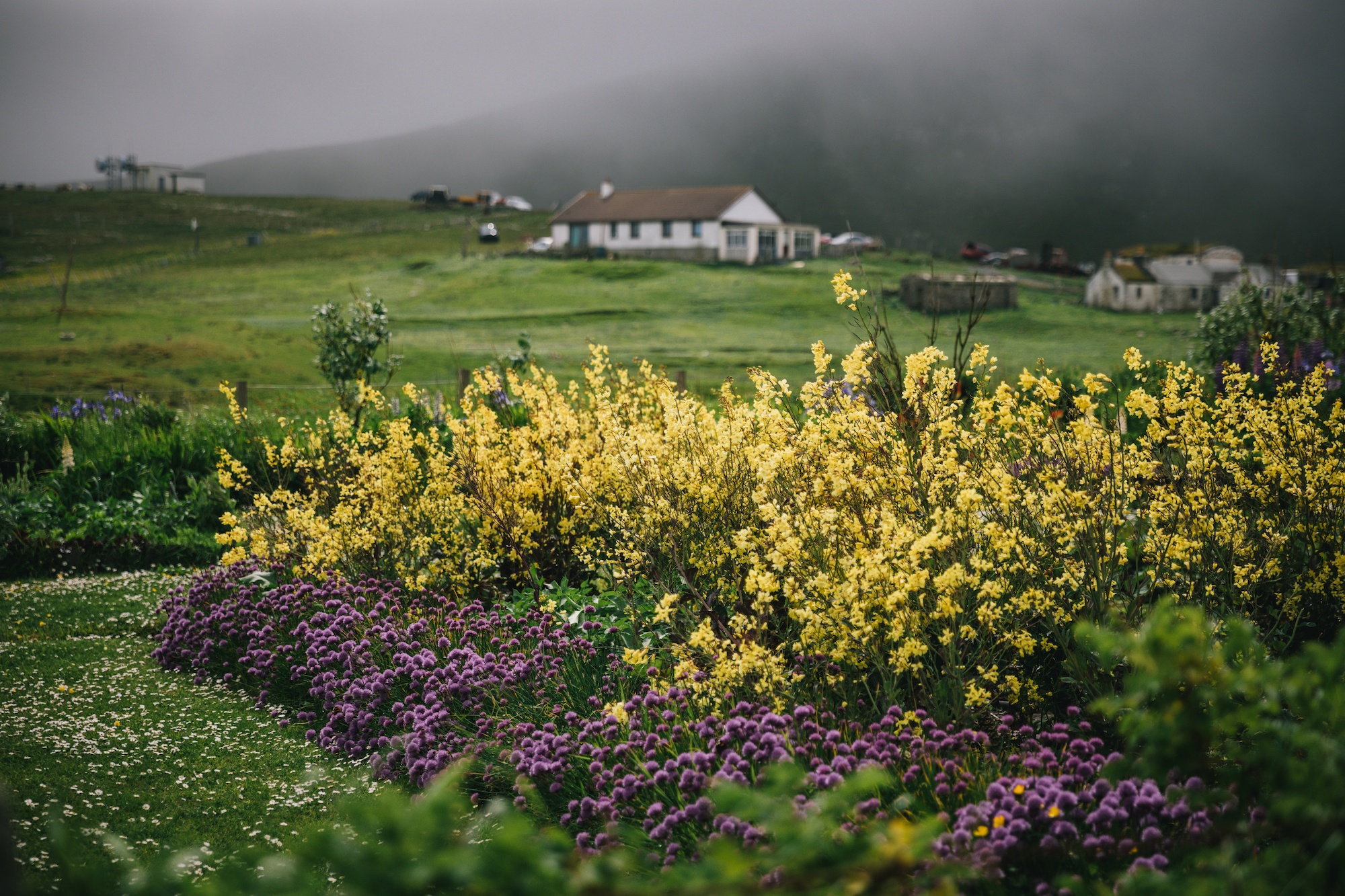
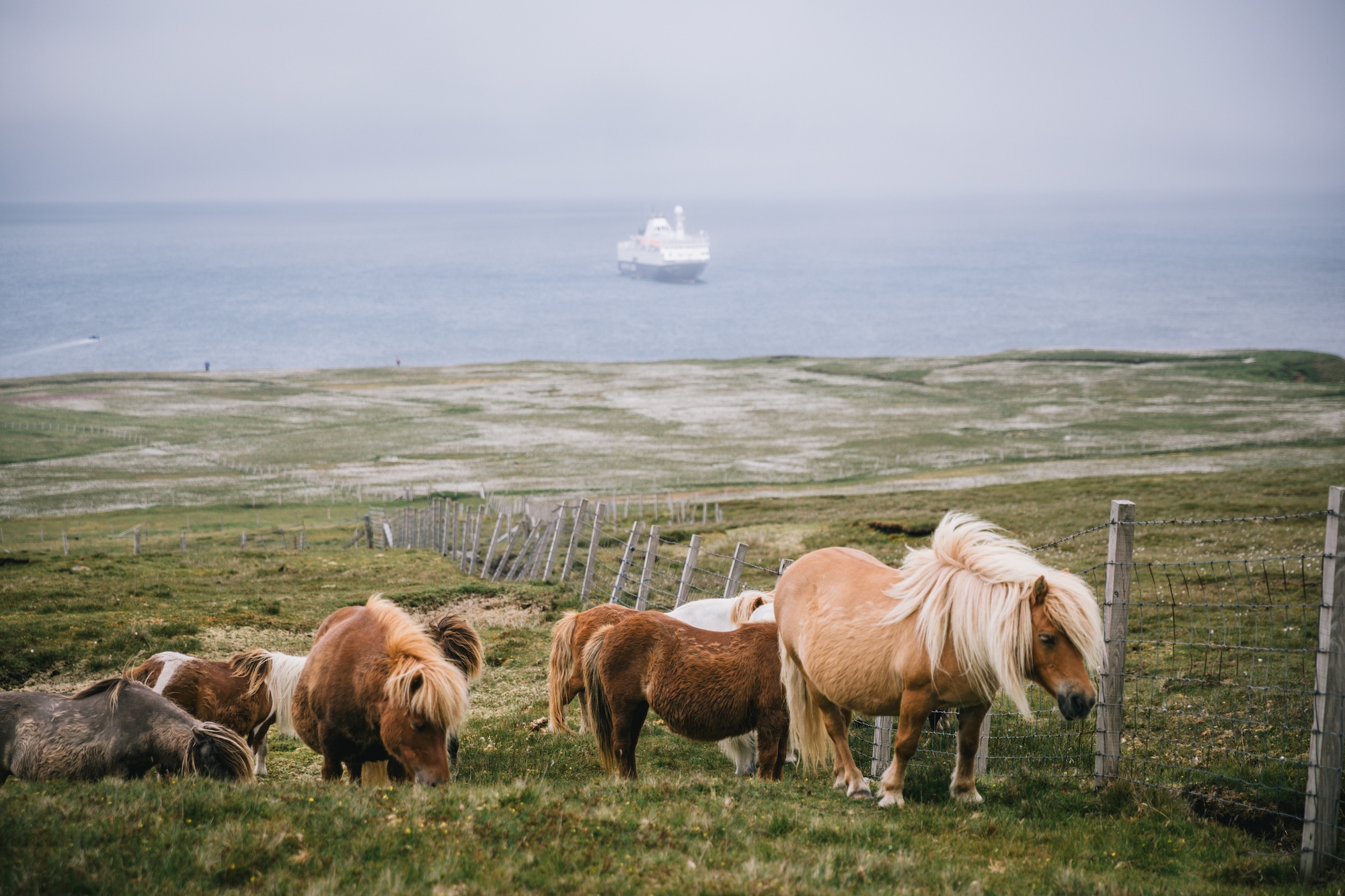
Scotland was our first stop on my summer of polar travel. And Shetland is just about as remote as you can get in the UK. It’s closer to Norway and the Faroe Islands than London, and the people there don’t let you forget it. That is if you can understand them – those accents are thick!!
The Shetland Islands lay 80 kilometers north of Orkney, another faraway Scottish archipelago, and it’s just incredibly beautiful. It’s also fascinating. Here, neolithic history meets Viking legends meets Scottish lore, where the North Sea meets the North Atlantic. The sea is dominant, and life seems shaped by the ocean.
It’s a place that seems mythical, at least to me. It didn’t help that there was a lot of mist as we approached.
And you guys know I have a soft spot for wild, remote, mythical places.
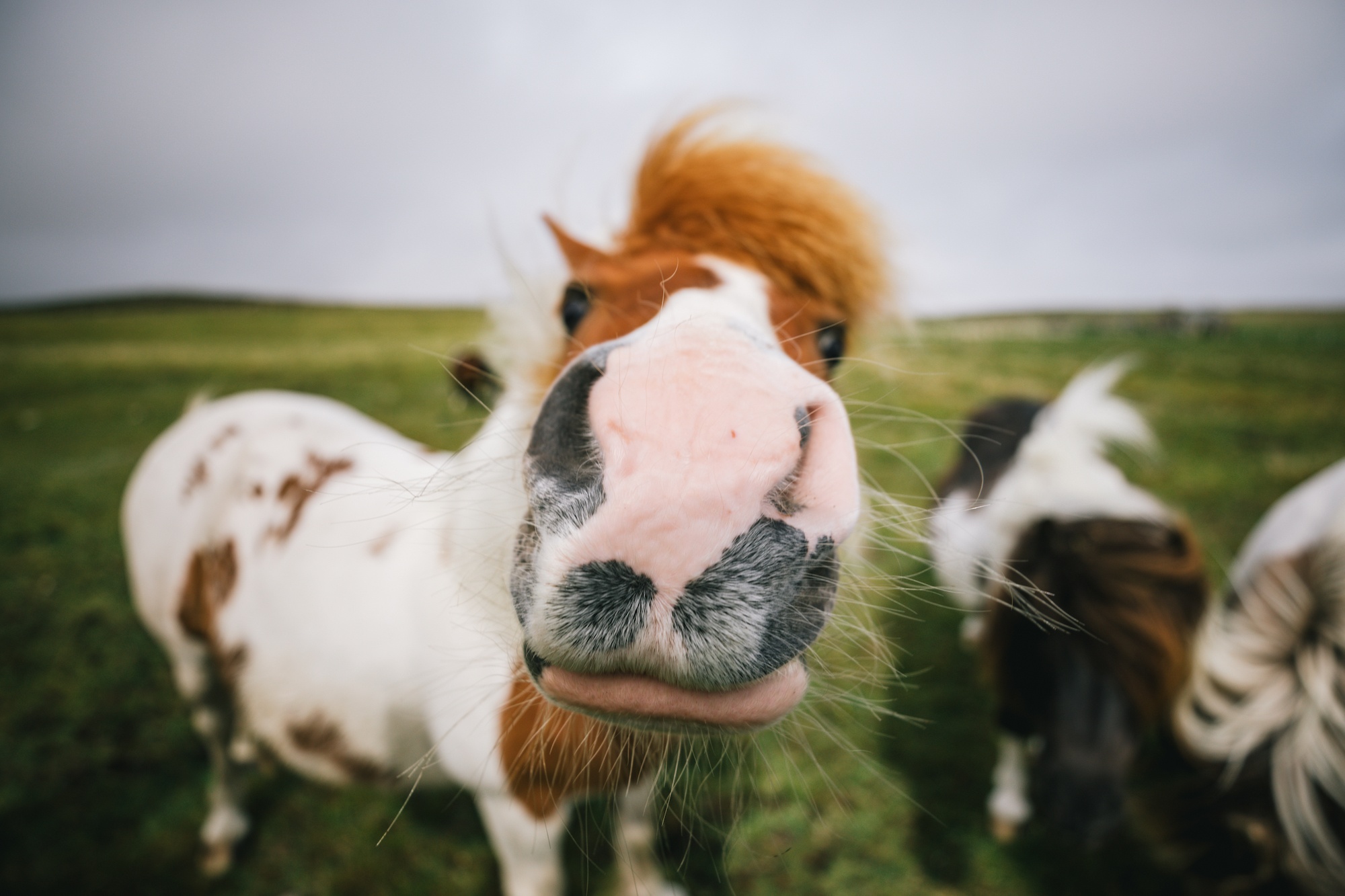
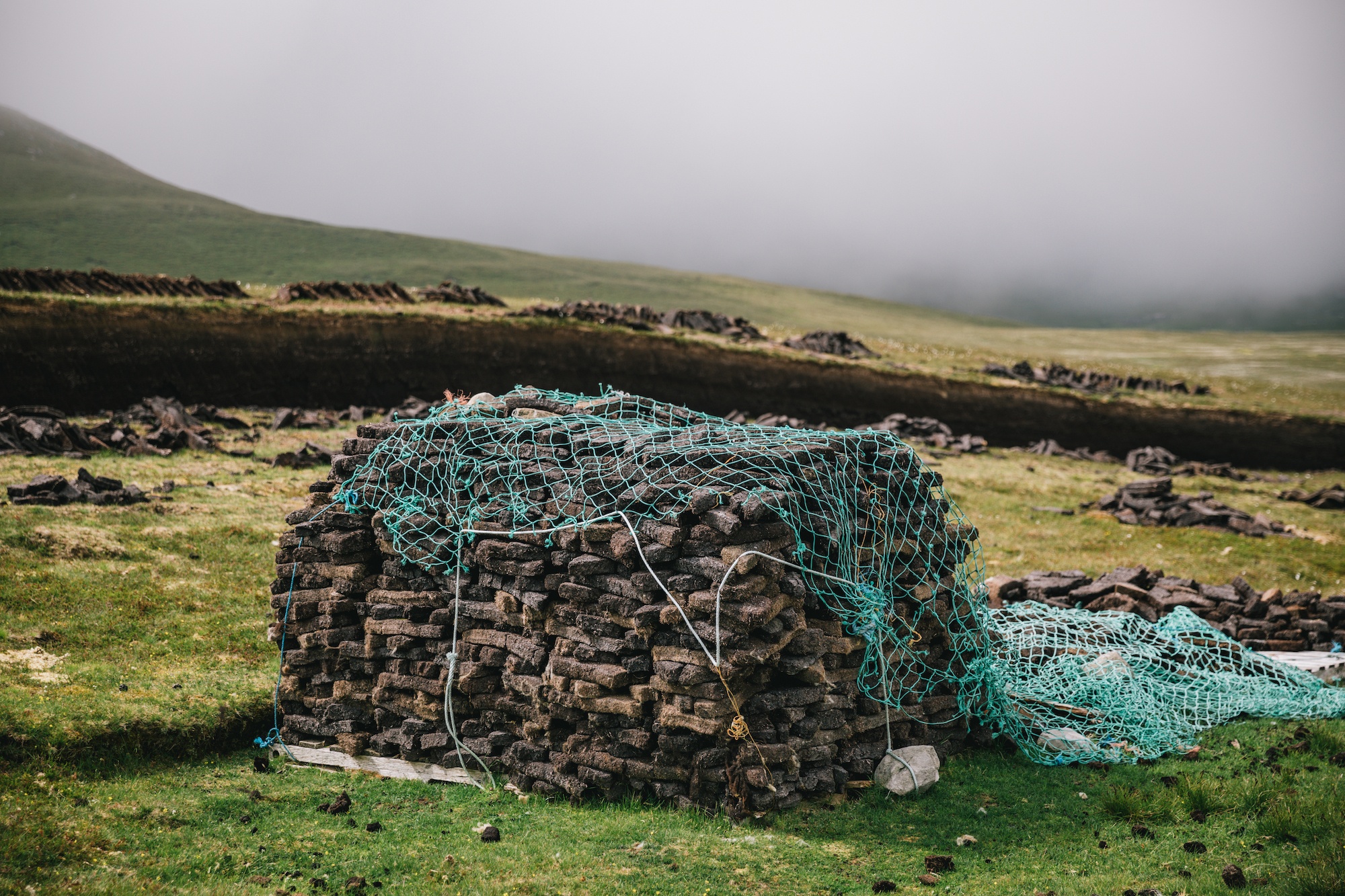
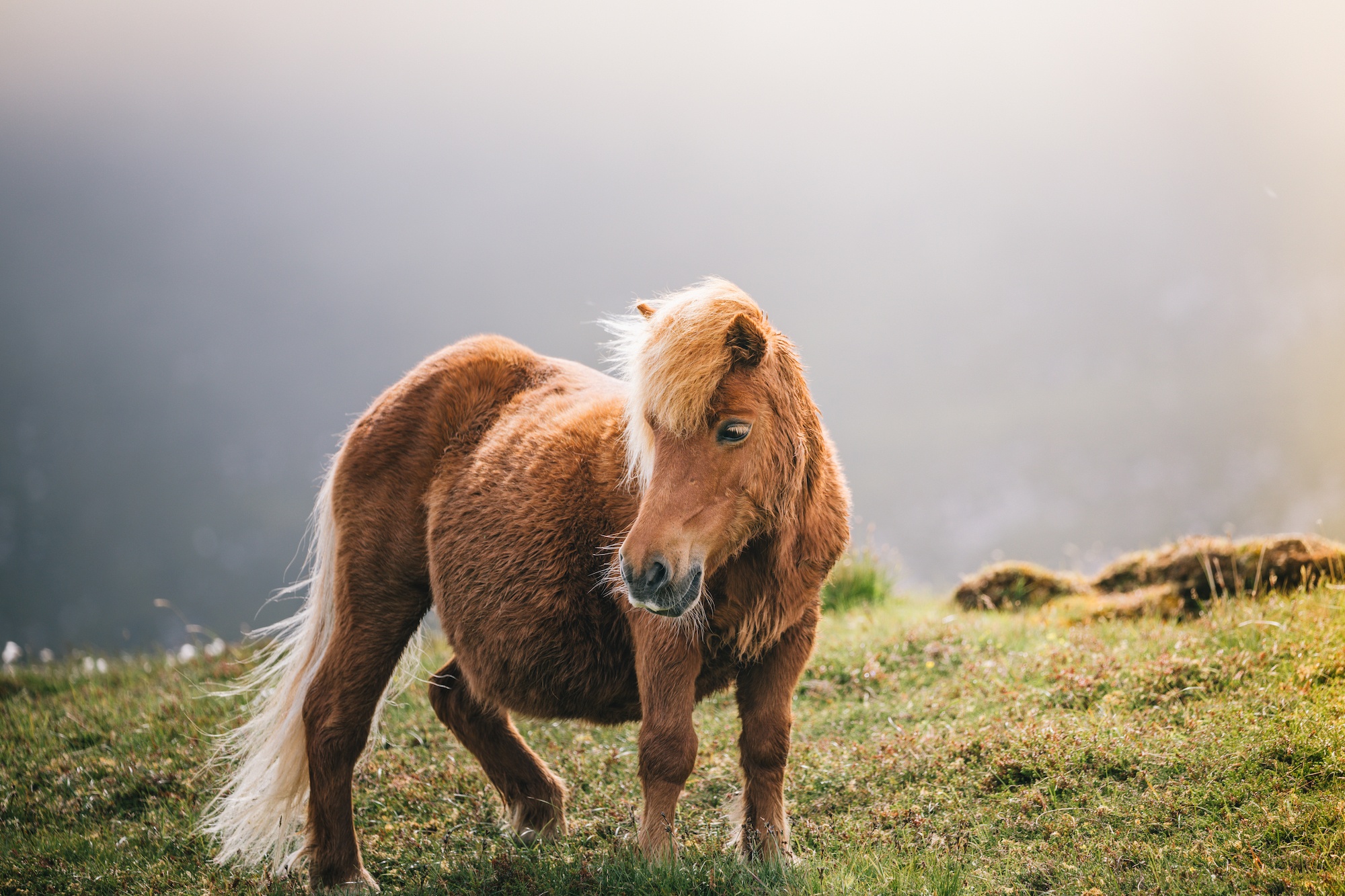
Because we traveled by expedition ship with Adventure Canada, it means we can often call into places that are super hard to get to independently. We generally disembark by zodiac boats from the side gate of the Ocean Endeavour. This means we’re not limited to standard ports – we can go just about anywhere, perfect for nature lovers. Many are wilderness landings – onto beaches, rocky outcrops, or boat ramps.
In Shetland, we called into Foula, one of the most remotely inhabited islands in the UK and Scotland. Twenty miles off the coast of mainland Shetland, it doesn’t get more remote than Foula. “Foula” comes from the Old Norse word fugley, which means “bird island.” But trust me, once you hit 60° north, everywhere is a bird island.
Far-flung Foula is a place that would be very difficult to get to independently. Inhabited for the past 5,000 years, and with a current population of around 30 on a good day with a hell of a lot more ponies than humans, Foula is the perfect place for those of us drawn towards wild places.
Prepare yourself for all of the ponies! Spoiler alert – there are a lot of babies in early summer.
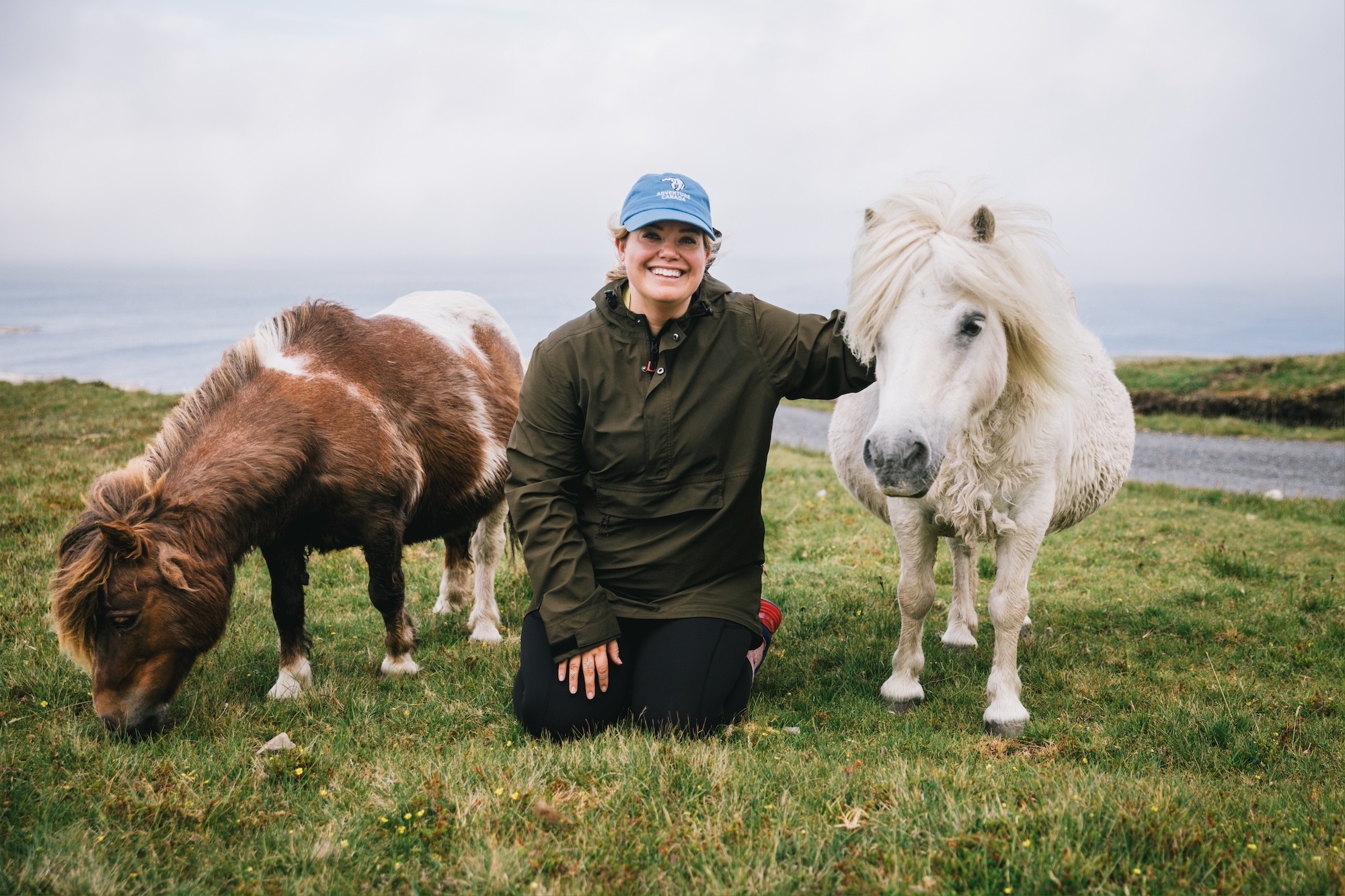
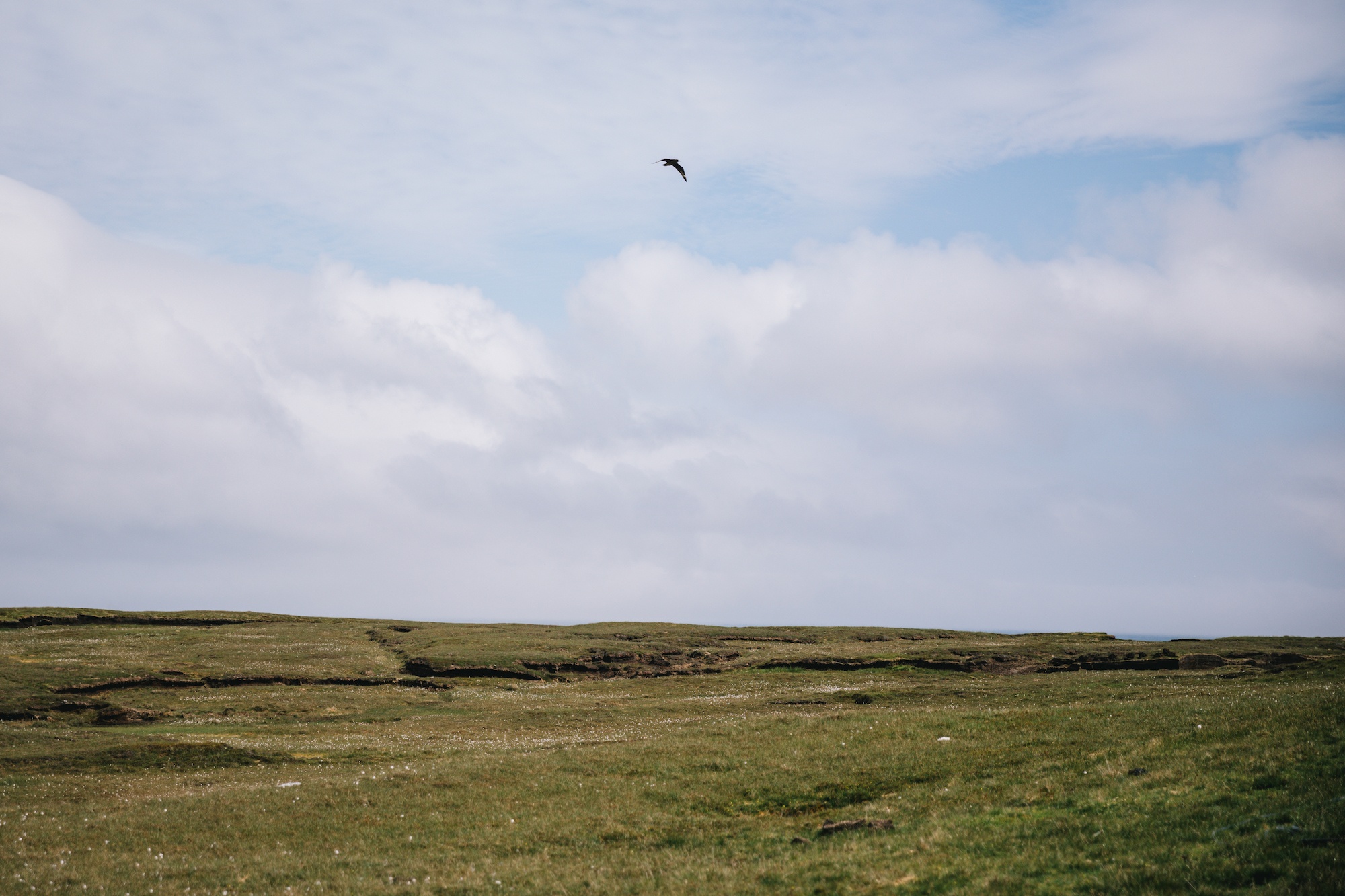
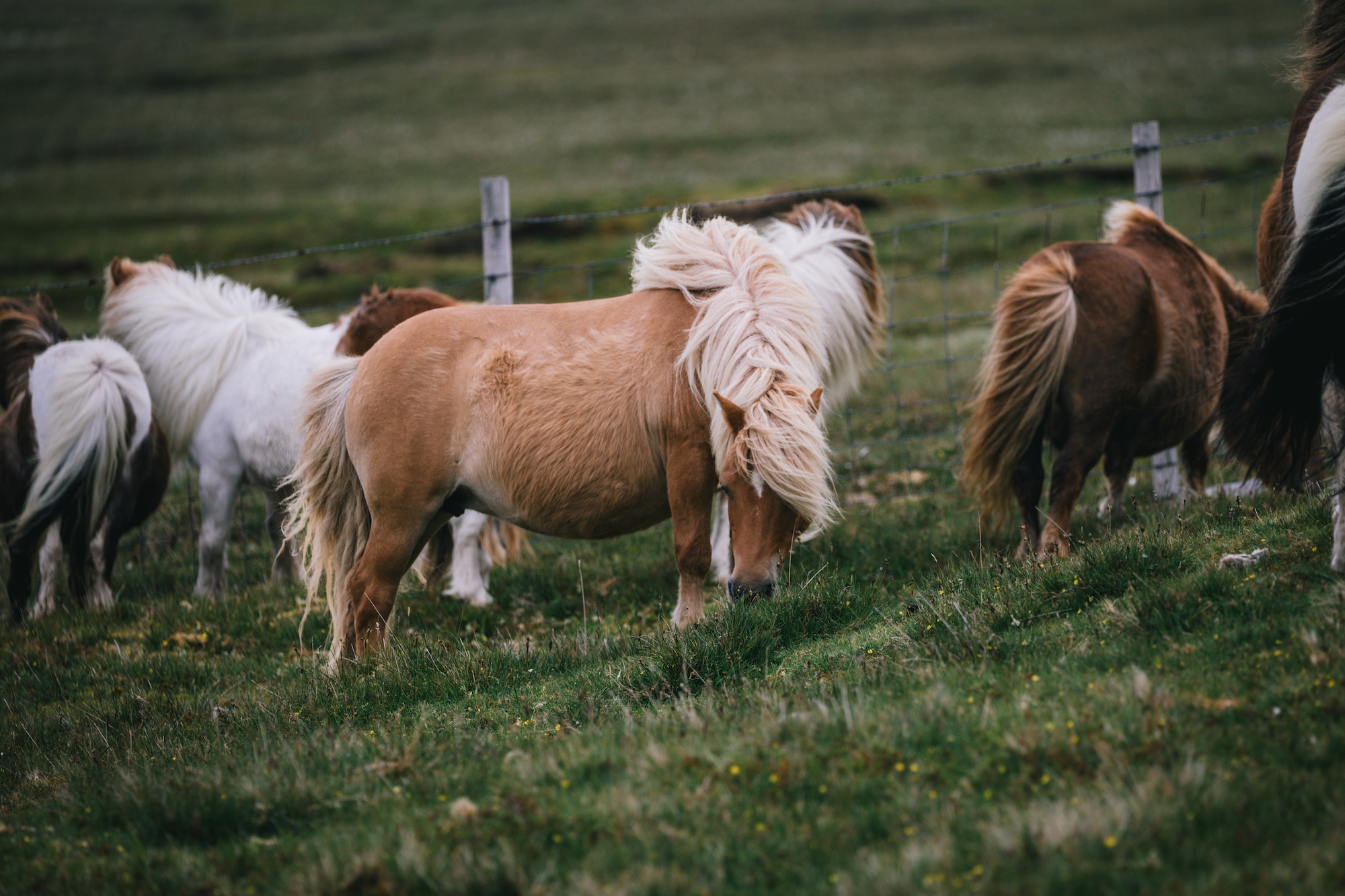
Ponies have been around Shetland for at least 4,000 years, adapted to the harsh and unforgiving climate. Stocky and hardy, Shetland ponies roam the islands as they please, though they are all owned and cared for. They definitely seemed to be in charge in Foula.
They would have been used to work the land back in the day, from pulling and hauling carts, plowing, and other farm-related activities that I clearly have no idea about. Eventually, they were exported to Britain and overseas to work in the coal mines to haul coal underground.
Even now, when I think of Foula, I think of that peaty, earthy smell. It was misty and windy when we visited, with that distinct boggy smell in the air. I love it. As I wandered around the island in the afternoon, I could see where people had cut peat on the land and stacked it in blocks to dry, fuel for homes in the old ways.
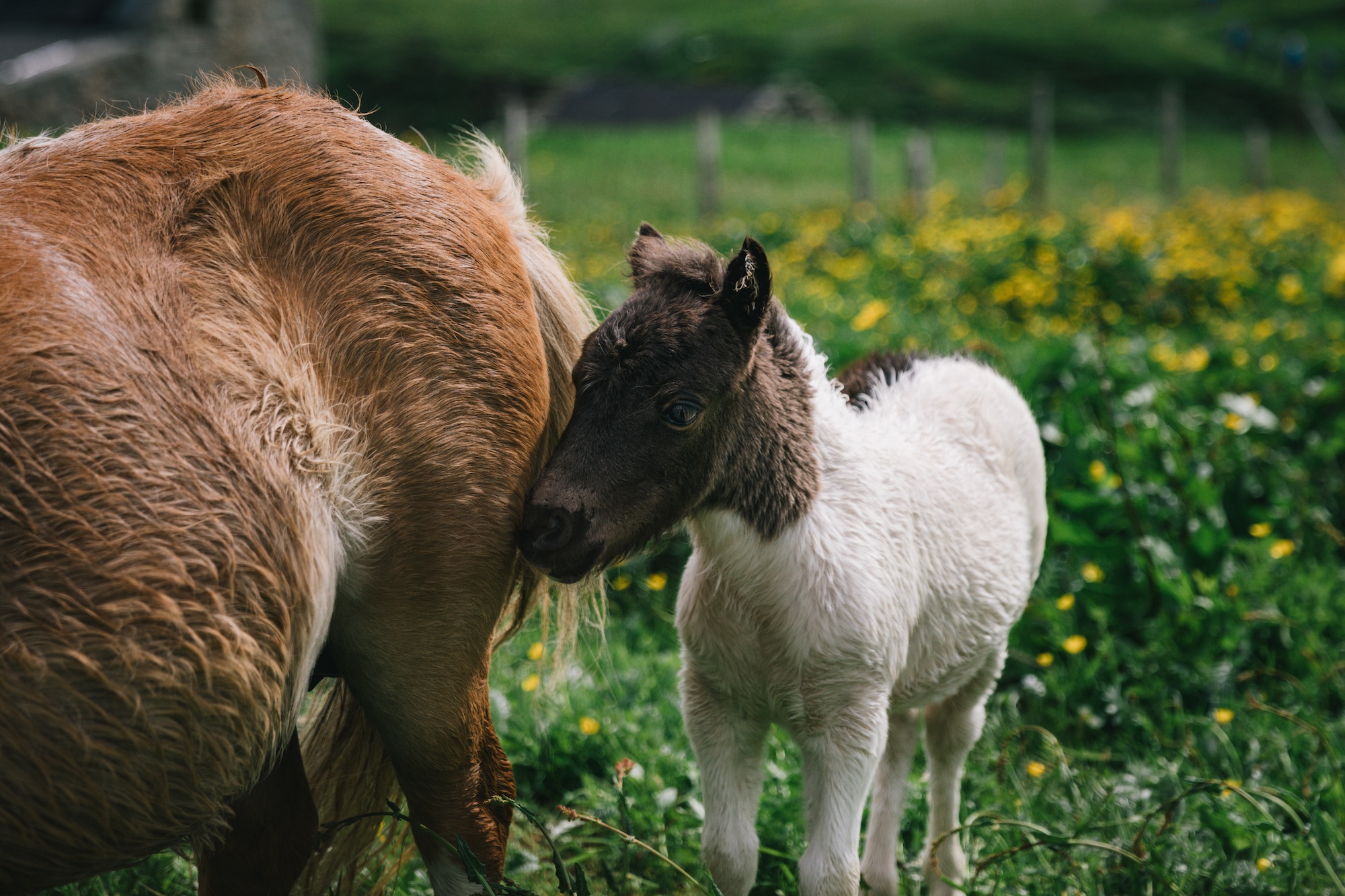
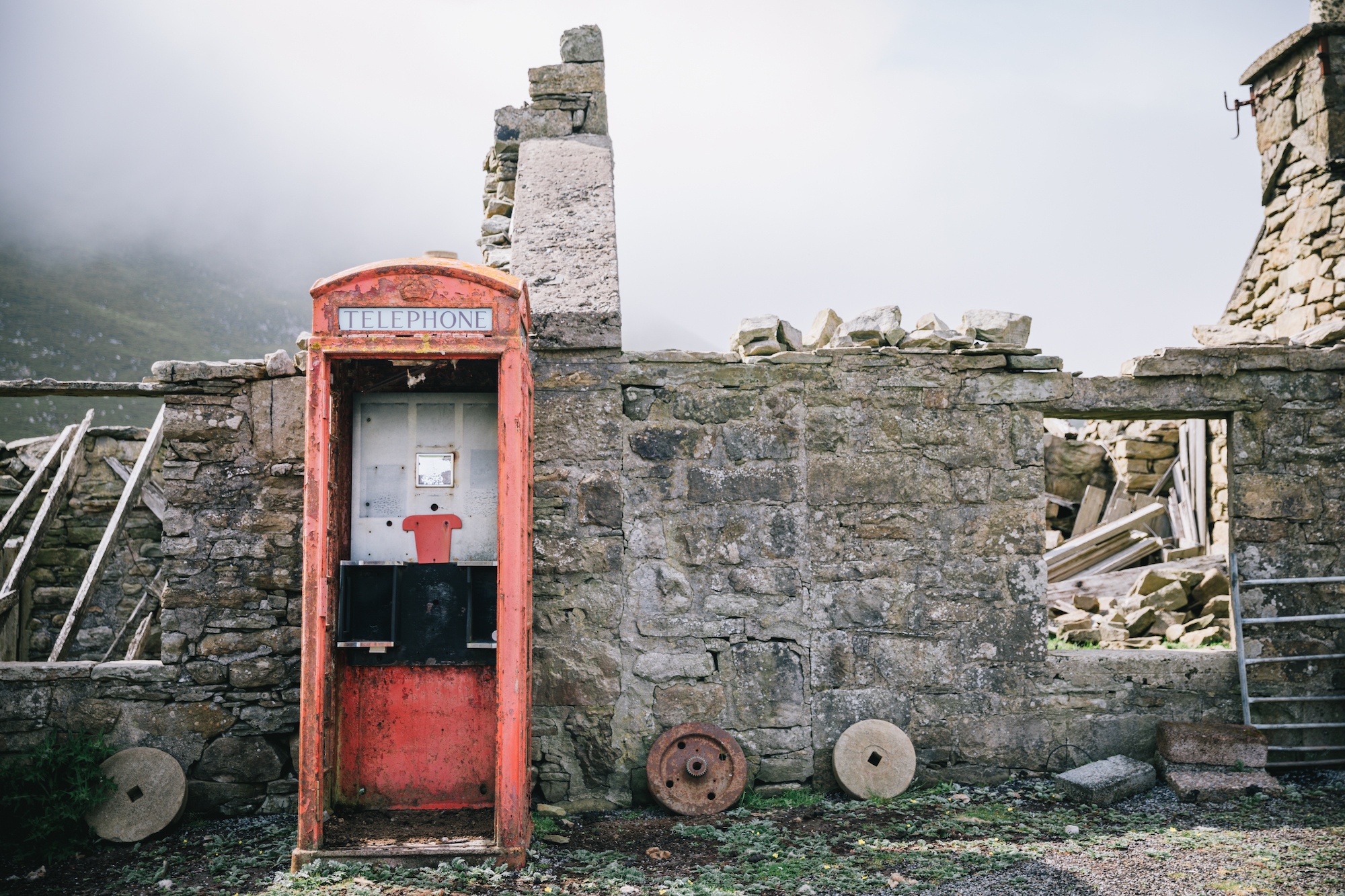
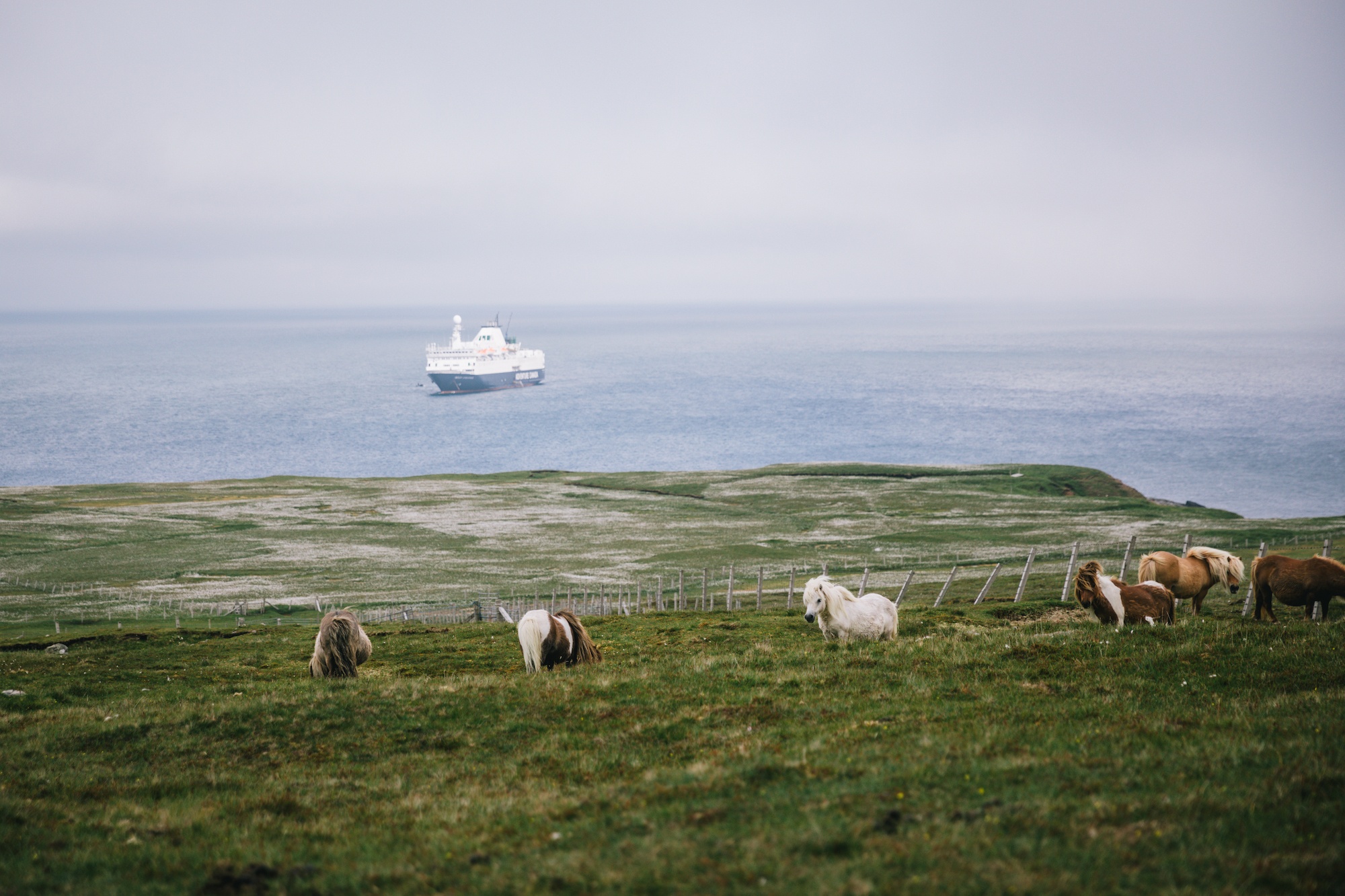
I have one remaining memory of Foula and its ponies that makes me smile whenever I think about it.
After exploring for a few hours and checking out the bird cliffs, I wandered down a road towards another side of the island. There is amazing birdwatching here, with plenty of puffins, kittiwakes, guillemots, fulmars, and great skua. Here, the skua are called bonxies, which I believe is in an old Shetland dialect. However, I like to think it refers to the fact that if you get anywhere near their nests, they will bonk you hard on the head. Also, fun fact: skua is the only Faroese word we use in English.
On my way across the island, doing my best to avoid the bonxies, I ran into a local Lynn. She introduced me to some of her ponies. We chatted for ages before she headed off, and I stuck around to see if I could take some pictures of myself with these cuties.
I set up my tripod but realized the batteries in my camera remote were dead. Frustrated, I sat down on my knees and spent the next few minutes digging through my camera backpack to see if I had batteries floating around – usually, I do for two reasons: 1 – airport security doesn’t allow loose batteries to touch each other in your carryons, which means I always have to separate them into random different slots and pockets of my backpack and 2 – I’m messy, and I always forget where they are.
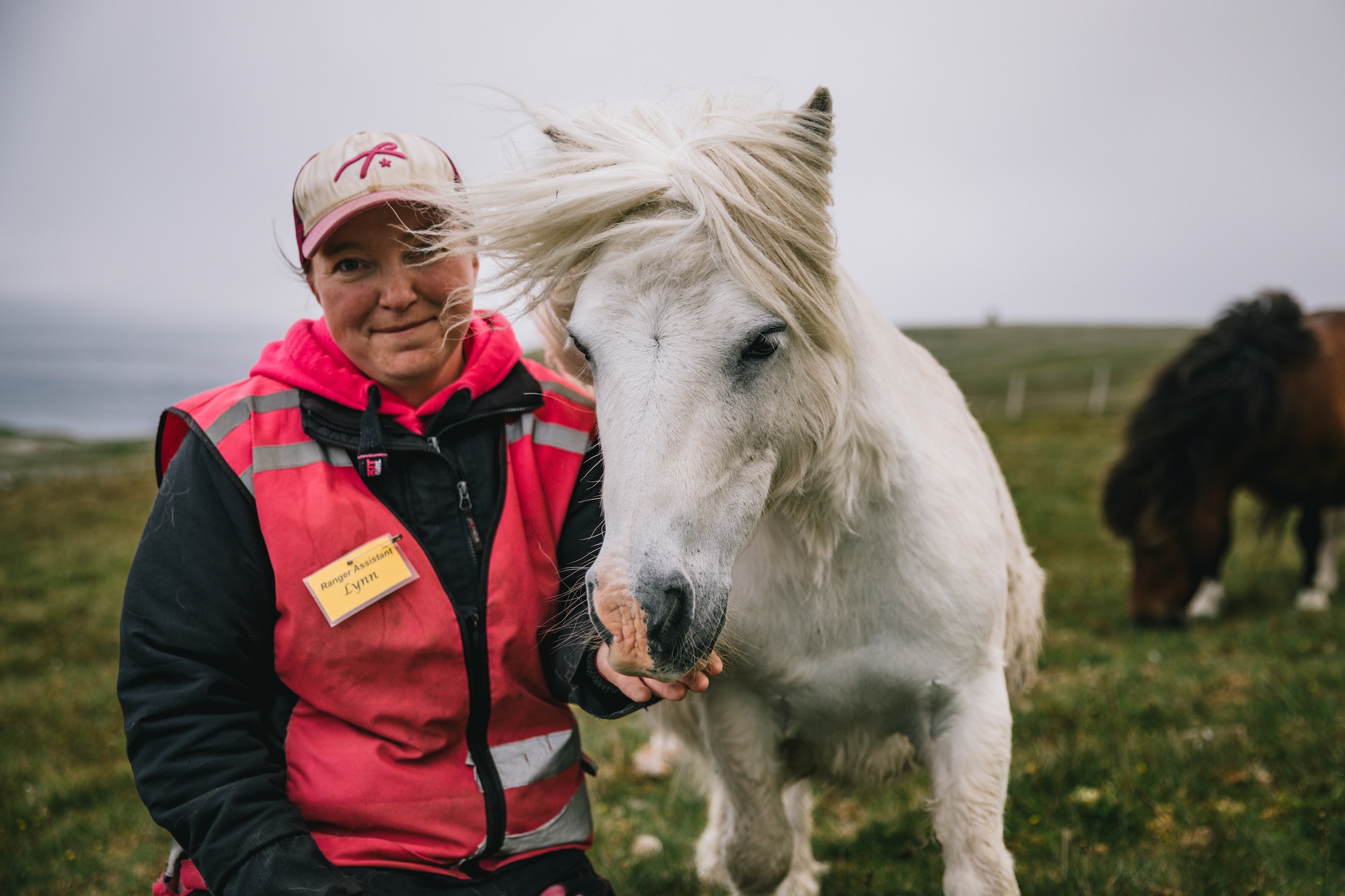
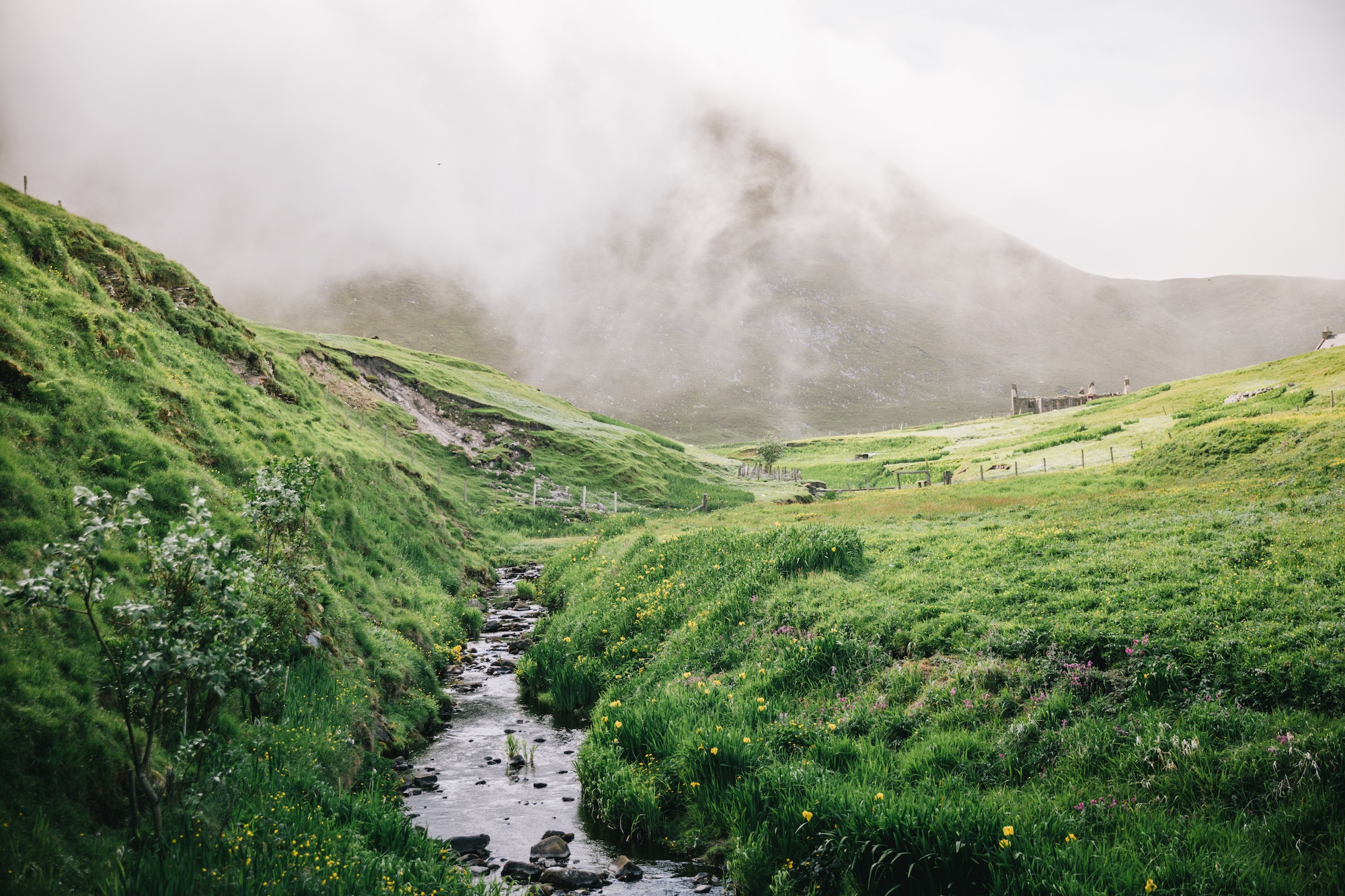
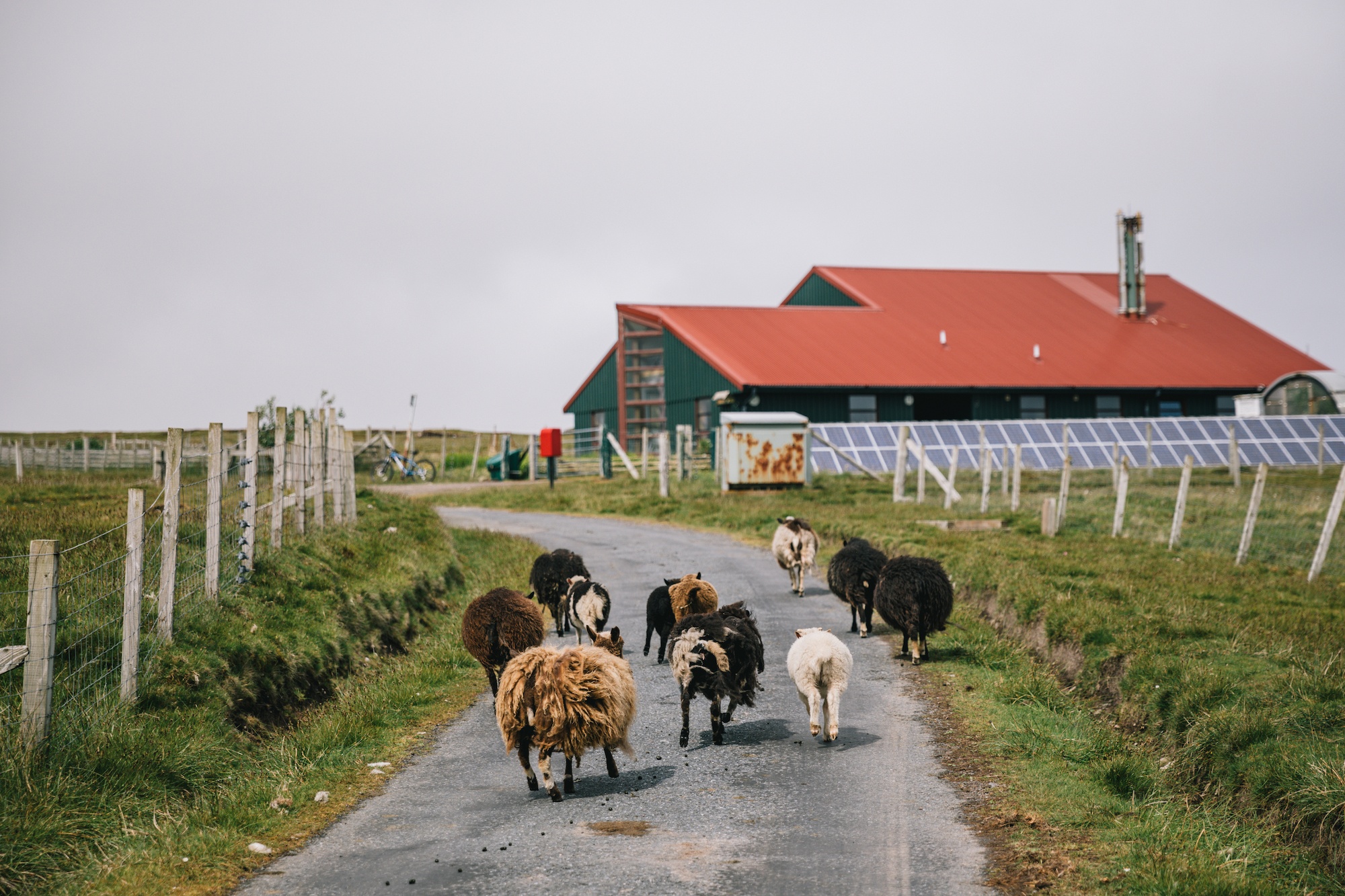
Growing increasingly frustrated when I couldn’t find any non-dead AA batteries, I jolted when something nudged my back hard. Looking up, I realized I was surrounded by a dozen ponies who were curious to see if what I was looking for were treats in my bag.
I sat there for ages with the ponies as they nuzzled my neck and asked for ear scratches, batteries long forgotten. It was an epic way to wrap up an amazing day in Shetland.
Have you ever heard of Foula? Is Shetland the kind of place you’d like to visit? Seen a Shetland pony before?
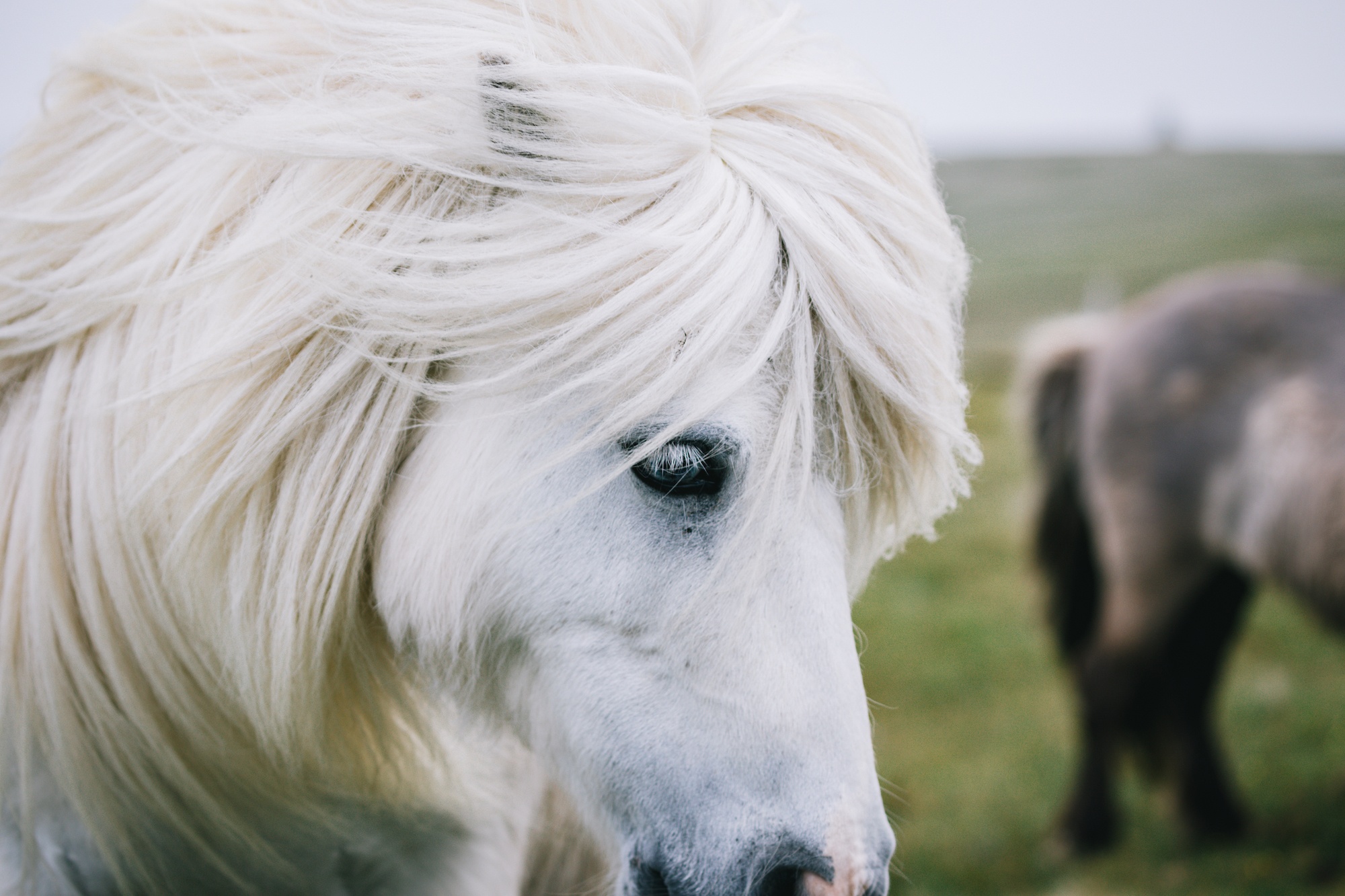
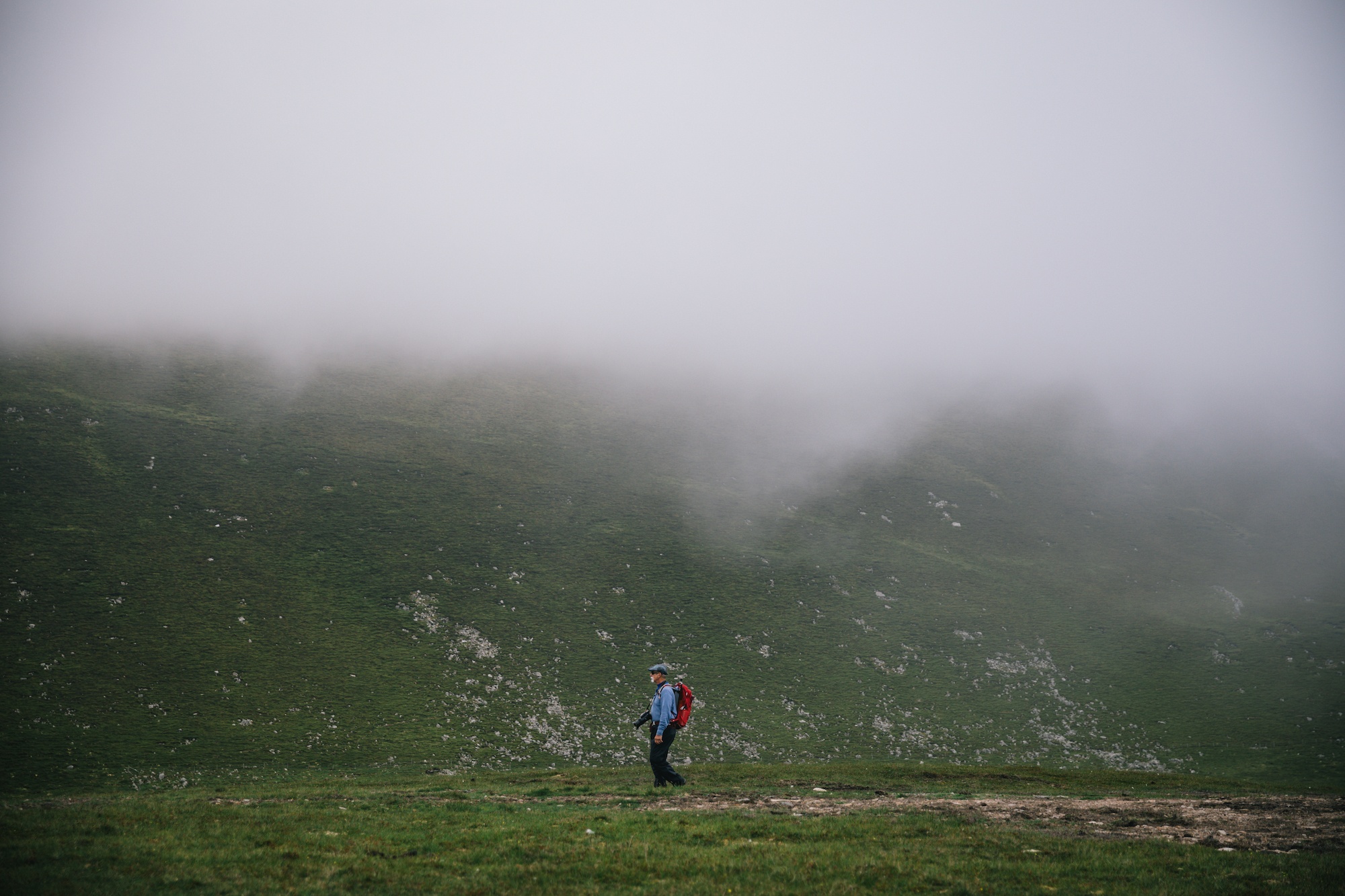
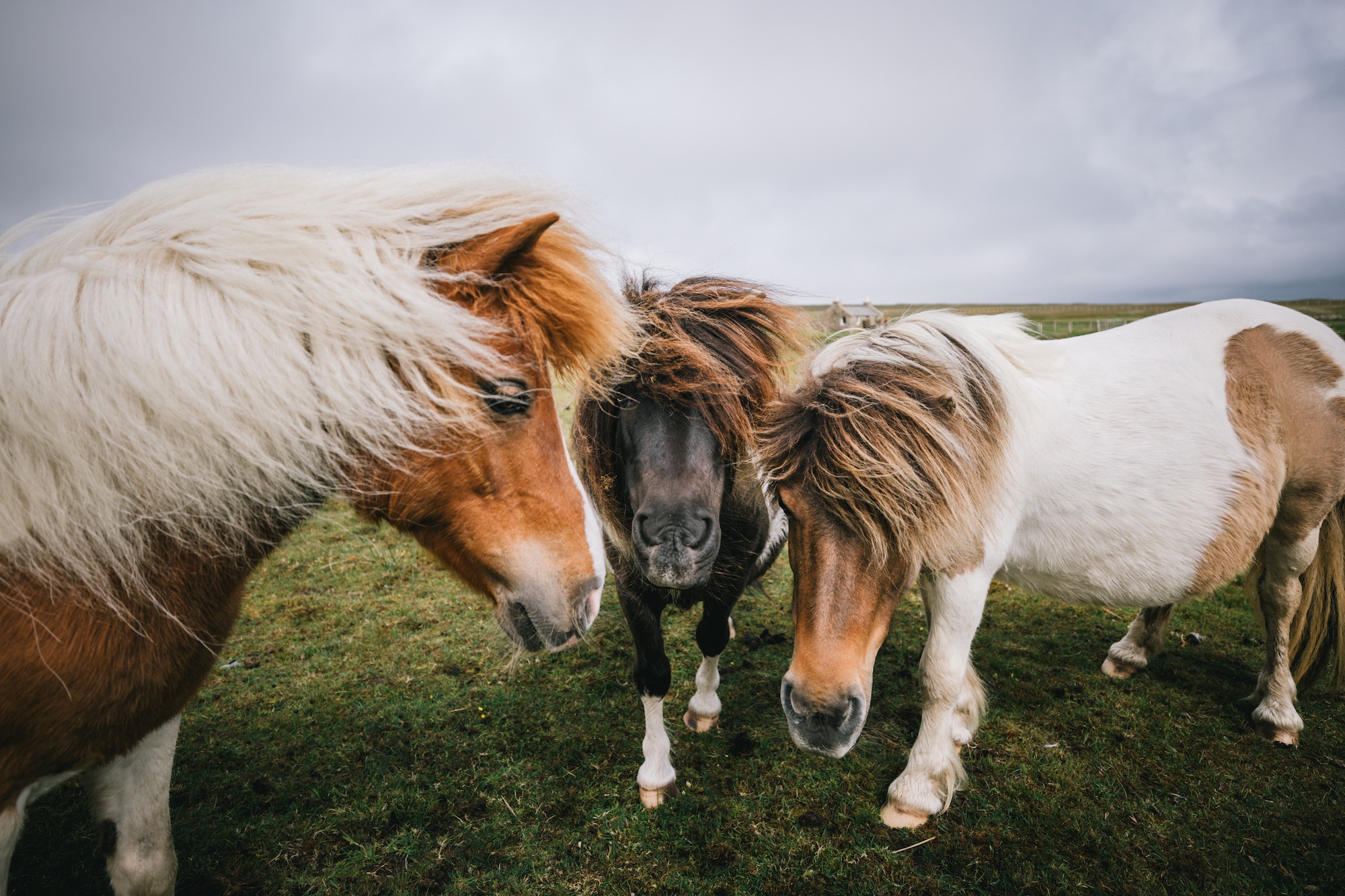
Many thanks to Adventure Canada for hosting me in Scotland – like always, I’m keeping it real – all opinions are my own like you could expect less from me!
The post Portraits of the iconic Shetland pony appeared first on Young Adventuress.



